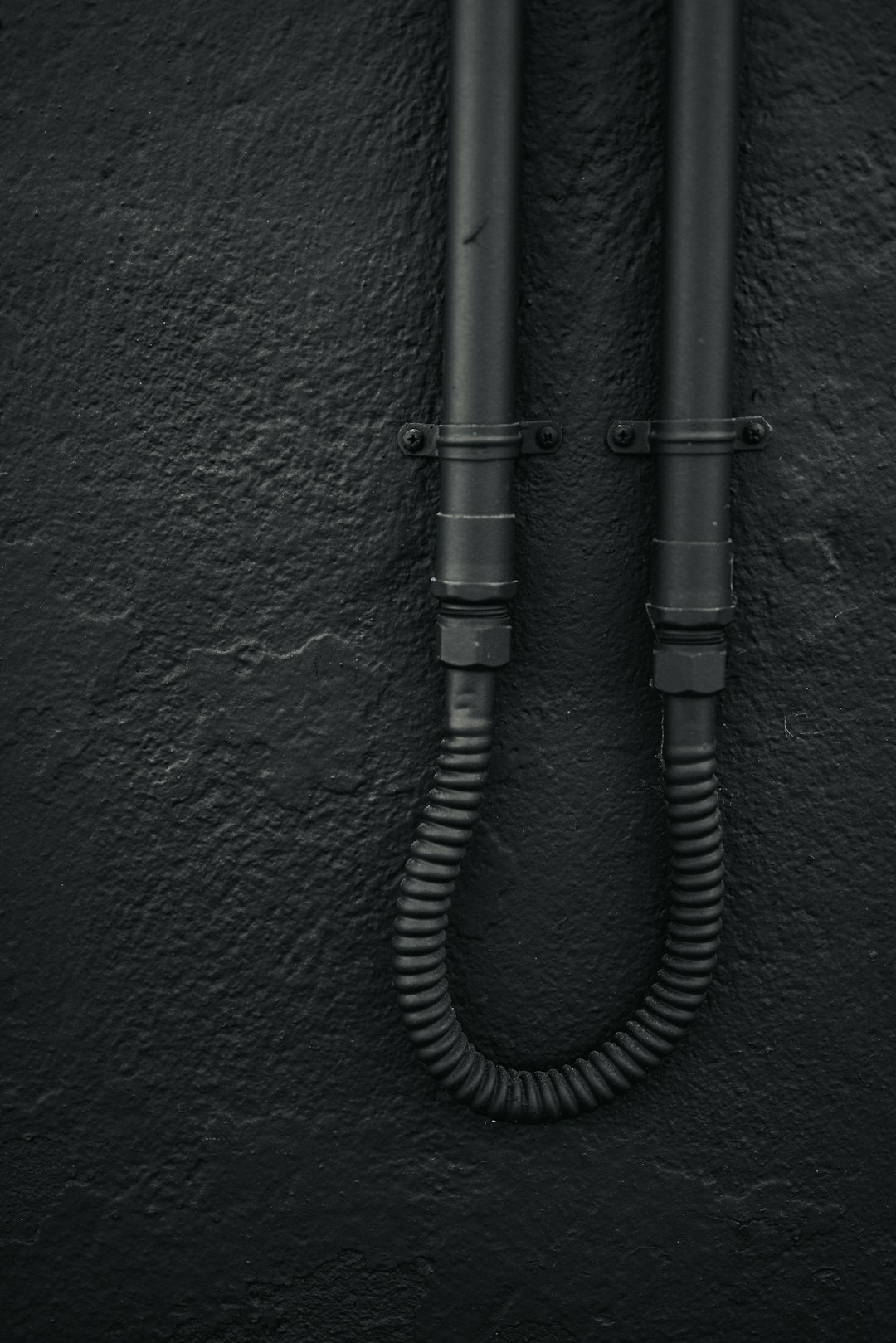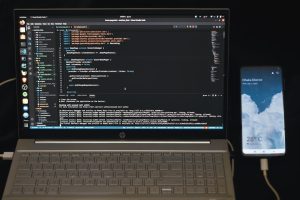
Many users enjoy streaming high-definition content from platforms like Netflix and Prime Video using external monitors. However, a common and frustrating issue that arises is incompatibility between these services and the external display due to HDCP—High-bandwidth Digital Content Protection. When streaming fails, viewers are often met with vague error messages, leaving them confused about the root cause of the problem.
HDCP is a security feature designed to prevent the unauthorized copying of digital audio and video content as it travels across connections, such as HDMI or DisplayPort. While it is necessary to protect digital copyright, HDCP can also cause significant inconvenience to legitimate users.
Understanding the HDCP Requirement
Both Netflix and Prime Video enforce HDCP compliance as a condition for streaming high-definition or 4K content. Here’s what happens behind the scenes:
- When you play a video from Netflix or Prime Video, your device checks if the connected monitor or TV supports HDCP.
- If HDCP is not supported or is malfunctioning, the service may default to a low-resolution stream or block the video entirely.
- This is why users may see black screens, receive generic playback errors, or be unable to achieve resolutions like 1080p or 4K on their external displays.
The issue is most commonly encountered when users extend their laptop displays to non-HDCP compliant monitors, older TVs, or use converters that don’t support the standard.

How to Diagnose HDCP Compatibility Issues
Before jumping to solutions, it’s crucial to diagnose whether HDCP is the actual issue. Below are common signs of HDCP failure when using external monitors:
- Playback error messages: Netflix may show “Whoops, something went wrong,” and Prime Video might show error codes like “HDCP Error” or “7021.”
- Black screen or intermittent video: The video might not load on the external screen, though audio continues to play.
- Works on internal display, but not external: When watching Netflix on a laptop screen works fine, but switching to an external monitor triggers the error.
If these symptoms appear only when using an external monitor or adapter, HDCP incompatibility is a likely cause.
Common Scenarios Where HDCP Fails
There are several setups known to cause issues:
- Using VGA or DVI to HDMI converters: These often do not carry HDCP signal, especially if they’re not active converters.
- Older monitors and TVs: Devices manufactured before HDCP enforcement became standard may lack support altogether.
- Display splitter hubs or capture cards: Some of these can interfere with the HDCP handshake process between devices.
- Wireless display transmission (e.g., Miracast or Chromecast): Not all wireless display devices support HDCP, which can cause streaming issues.
Recommended Solutions
If you’re running into trouble with Netflix or Prime Video on an external display, the following steps may help resolve the issue:
- Use HDCP-compliant hardware: Ensure that both your external display and the connecting cables (ideally HDMI 1.4 or higher) support HDCP.
- Avoid converters and splitters: Where possible, directly connect your device to the monitor using a single HDMI cable without any intermediaries.
- Update drivers and firmware: Make sure your graphics drivers and streaming apps are up to date. Firmware updates for monitors or adapters may also improve HDCP support.
- Test with a different display: Connect your device to a known HDCP-compliant monitor to isolate whether the issue lies with your current display setup.
- Try switching browser or streaming app: On laptops and PCs, some browsers may better handle HDCP content than others. Both services typically recommend using Microsoft Edge or Safari for HD streaming.

Long-Term Considerations
As streaming services increase their emphasis on 4K and DRM-protected content, HDCP limitations will become more significant. Users engaging with media for either entertainment or work (such as digital review tasks or media education) should ensure their entire display chain is high-definition and HDCP compliant.
If your monitor or display setup is outdated and regularly causes such issues, consider it a worthwhile investment to upgrade to a newer HDCP-compliant device to future-proof your streaming experience.
Conclusion
HDCP may be a silent enforcer behind many display-related problems when using Netflix and Amazon Prime Video with an external monitor. While the protection standard serves a necessary role in digital rights management, it can disrupt the viewing experience for everyday users. Fortunately, understanding the technology and following the right steps can help you enjoy high-definition streaming without interruption.
Always ensure your hardware is compatible so you can focus on the content instead of troubleshooting display errors.






